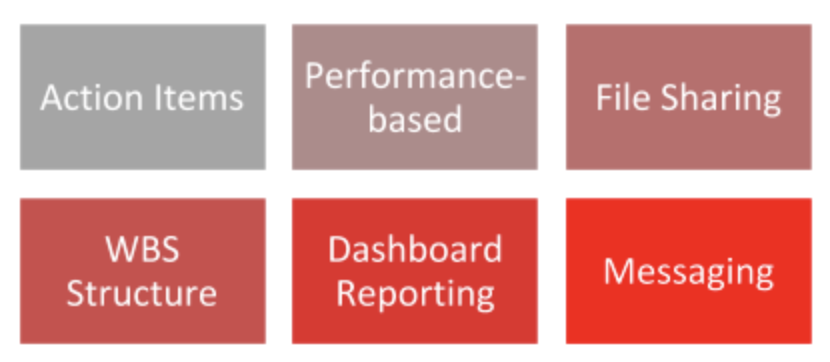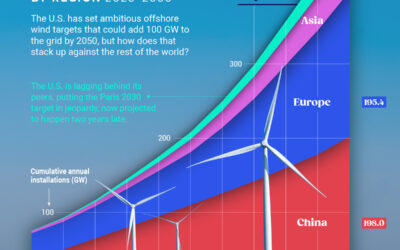Death of Email and Productive Software Replacements in a Business Environment
The ever-changing forms of communication today are making us rethink how we communicate using the old tools and systems surrounding us. Email has been around for years and now is a part of our everyday life creating an “email culture.” But is email slowly dying? If it is, are there productive software replacements for email?
For those of you who are not too familiar with the history of email, here are the high points. Email was created in the early ’70s for the main purpose of scientists being able to share real-time information across the world for research. Skip ahead to 1996, and Hotmail was introduced to the public with 2GB of storage — back when hard drives with that much storage cost $400. This was a game-changer in the industry that caught Microsoft’s attention in 2000 when they purchased Hotmail. In 2004, Gmail was introduced but didn’t officially launch until 5 years later after they worked out all the bugs.
Email became used worldwide with just over 4 billion people using email in 2020. That’s half the world’s population! From that 4 billion, 43% of the users are Gmail accounts, with Yahoo and Outlook coming in a close second and third. With that many users in the world, 306 billion emails are sent daily which comes out to roughly 3.5 million emails per second. This is an enormous amount of information crossing between a multitude of users. In America alone, users can expect to receive up to 125 emails per day, with more than half of emails being spam.
What are the pros and cons of email as used in today’s society?
The biggest pro will be that it is easily accessible and free, depending on your access to a computer. The biggest cons are hackers/phishing/virus threats coming from the outside. Every day, users will come across emails aiming to steal valuable information, and companies, on the other hand, will spend millions of dollars each year training employees to combat these emails.
What’s next?
The alternative to email culture has become a bigger presence lately with the use of programs such as MS Teams and Slack. These interactive programs offer all-in-one Organization Management communication, which allows for:

Each of these examples is something you have probably encountered in an email, however, it may be embedded in a long thread that’s unorganized. The power of programs is the ability to have all communication housed in a structured format that allows for sharing information easily. Instead of sending files in an email, they live in a shared folder organized by WBS. Instead of asking about progress or action item follow-up, it is already visible to allow for questions to be answered quickly.
Rethinking how we communicate within organizations by using smarter communication tools can help alleviate countless hours of pointless emails. Will email ever go away or die off? No. However, with organizations willing to use change management techniques to help communicate more effectively, the landscape will continue to evolve to become more efficient.
Author: By Cameron Laurent



